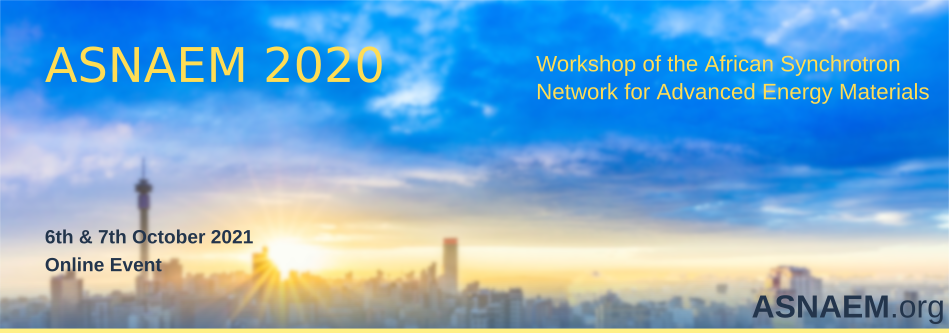Speaker
Description
Nanostructured copper oxide has attracted several research interests over the years due to their interesting optical properties and their potential use in several electronic applications such as solar cells and gas sensors.
In this work, reverse micelle microemulsions (a bottom-up approach) and high energy milling (Top-down approach) have been employed for the production of defect-free and highly defective nanocrystals.
The produced defect-free nanocrystals show good crystallinity with the nanometric nature of the primary domains (20 nm – 4 nm) leading to quantum confinement phenomena highlighted by photoluminescence measurements. Models have been proposed for the nanocrystal formation and growth validated by means of several techniques such as X-ray Diffraction (XRD), Scanning Electron Microscopy (SEM) and Transmission Electron Microscopy (TEM), UV-Visible and Fourier Transform InfraRed spectroscopy (UV-Vis and FTIR).
The effect of high energy milling on the microstructure evolution was investigated using synchrotron radiation XRD line profile analysis supported by High Resolution TEM and SEM. The reduction in the average size of coherently scattering domains - and simultaneous narrowing of the size distribution - occurs in the first minutes. A proper nanocrystalline microstructure is obtained for a milling of ca. 20 min with asymptotic limit of ca. 10 nm. The reduction in size occurs at the expenses of introducing a massive quantity of dislocations in the system, reaching a limit of ca. 4×10-16 m-2.
Keywords: Nanostructured materials, Copper Oxide, Synchrotron radiation XRD, Electron microscopy.
Summary
NA

